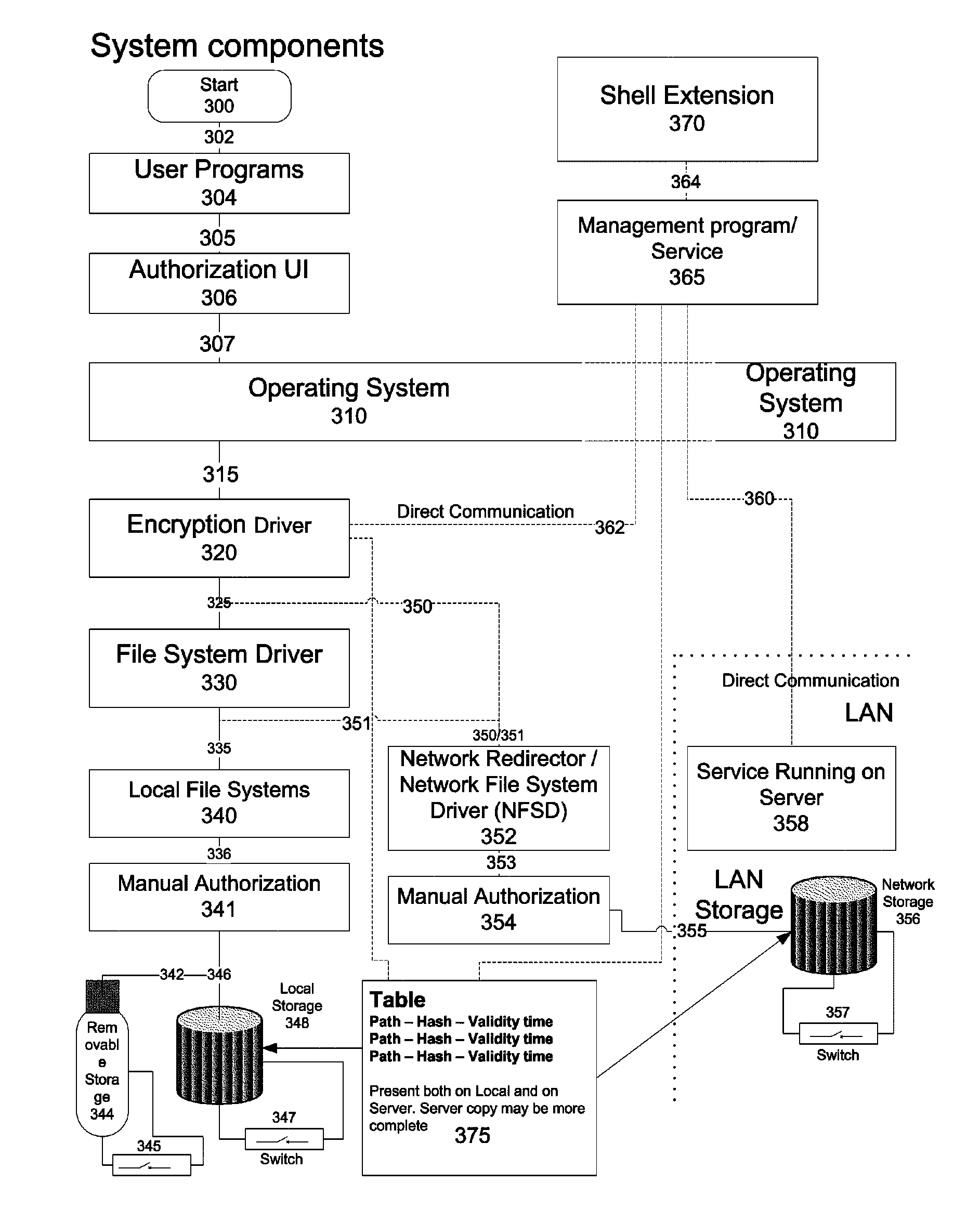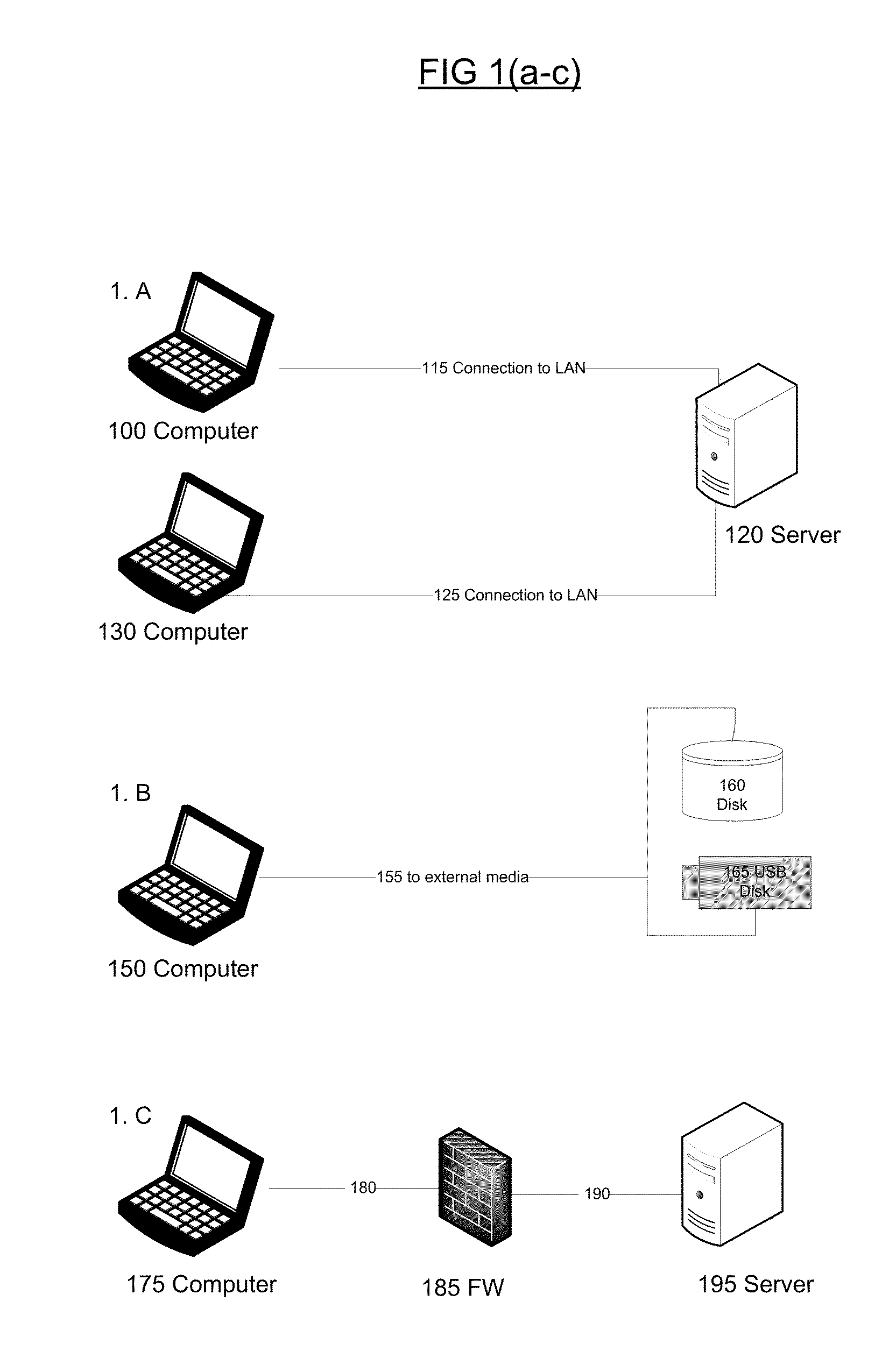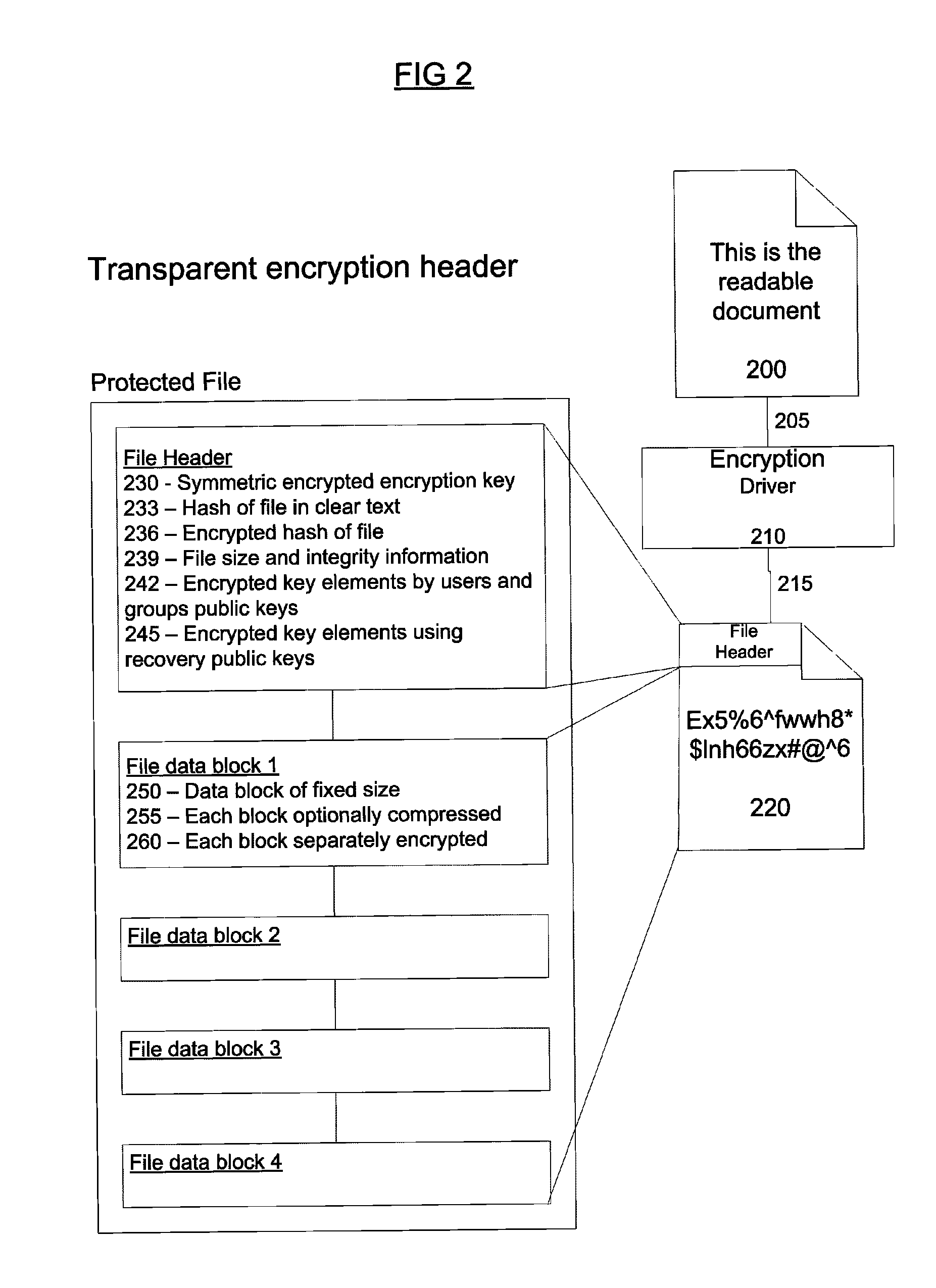In some cases because they do not understand the risk of loosing information, sometimes they believe that backups are too difficult to
handle, is too expensive, or they just think it is a too complex and
time consuming procedure to take backups.
Instead they make copies of important information in other places on the hard disk, not realizing the fact that in case of a hard disk
crash, everything may be lost.
There is always a risk of loosing information.
Taking backups on CD or DVD media feels quite scary since they are very fragile and sensitive to physical damage.
Another problem is aging of CD and DVD media.
No one really knows how long they will last before the information is lost since their lifetime is very dependant on the storage environment.
When they get old it may be impossible to recover their contents.
Tape backups are more reliable, but tape recorders are expensive, the tape media is expensive and tapes must be handled with care.
Another problem is that there are many tape
station producers and also many producers of media, and when tape stations are replaced by new versions there is no guarantee that the new
station will be able to read previously written tapes since it is possible that the new recorder does not support the old tapes and the format used or the
tape head alignment was incorrect on the old drive (a common problem).
The problem with disk
backup solutions in general is that it is very easy to, by mistake, remove or destroy the backed up information.
Disks have no selective protection permitting the user to store new data like files, but not remove or change already existing files.
Backups are for restoring data and should therefore be as isolated as possible from other interfering
processing, which in case of a restoring process may cause data to be damaged.
In another view, sensitive information stored on backups must be protected, since this desire for clean solutions also makes backups sensitive in the way that loosing control of backups may cause severe information leaks.
Outmost precaution must be taken such that destructive behavior by the device is impossible, without first being approved by the user that backed up the data, that it is to be removed.
Prior art, such as general data
backup programs integrated with general data
encryption solutions are not working very intelligently when used together.
When looking at data backups only, they typically generate lots of duplicate data coming from single local data sources and even worse when looking at backup systems in networked environments, where lots of data must exist on many local systems but not necessarily needs to be backed up in multiple copies.
Without
encryption, backup systems often offers compression, and sometimes they also offer
elimination of redundant data in backups, but with
encryption where the same data can be encrypted using different keys, the problem is that current backup systems can neither compress encrypted data nor identify redundant information so the same information is backed up over and over again.
The problem stems from the nature of separation of encryption function of the files on the local and / or networked computer systems and the backup functionality.
The drawback with full
disk encryption (encrypting / decrypting the
data stream read or written to sectors on the local storage) is that once the
operating system is up and running,
data access is transparent to applications accessing the encrypted disk since the data is transparently decrypted as it is read from the disk and transparently encrypted before being written back to the disk.
Full
disk encryption thus provides transparent access for the authorized user, but offers no protection of information when
copying files to servers for storage or sharing or when backing up data.
File encryption using symmetric encryption with symmetric keys and its
key management integrated with the installed
operating system do not create a foundation for robust solutions for making backups, and is thus not flexible enough for a smooth backup integration with encryption.
File encryption does also not necessarily perform well in networked systems.
Using any of the described encryption methods prior to the current invention, there are also common problems, such as sharing and encrypting files in networks, where sometimes multiple users need to access the same files simultaneously.
Regardless of encryption, there is always the problem of efficiently backing up files where the same files frequently are stored in several places thus consuming space both on local and
network storage as well as on the long time backup media.
Backups are many times also difficult to fully restore to a specific date and time.
Data protected this way, would always be encrypted both on (
server) shares and in backups, but won't permit simultaneous access for other users to copies on (
server) shares.
Such solutions cannot automatically eliminate redundant copies.
Independent of encryption method, the redundant copy
elimination has not been possible in prior implementations when files have been encrypted on different computers and / or in combinations by different keys.
 Login to View More
Login to View More  Login to View More
Login to View More 


